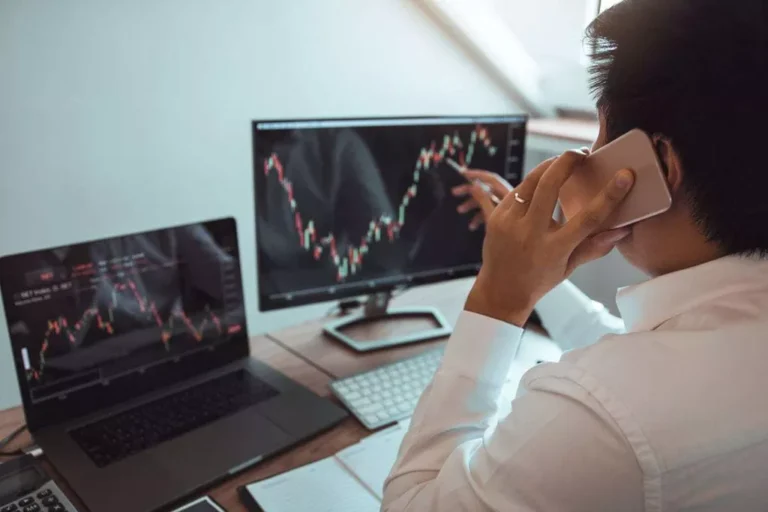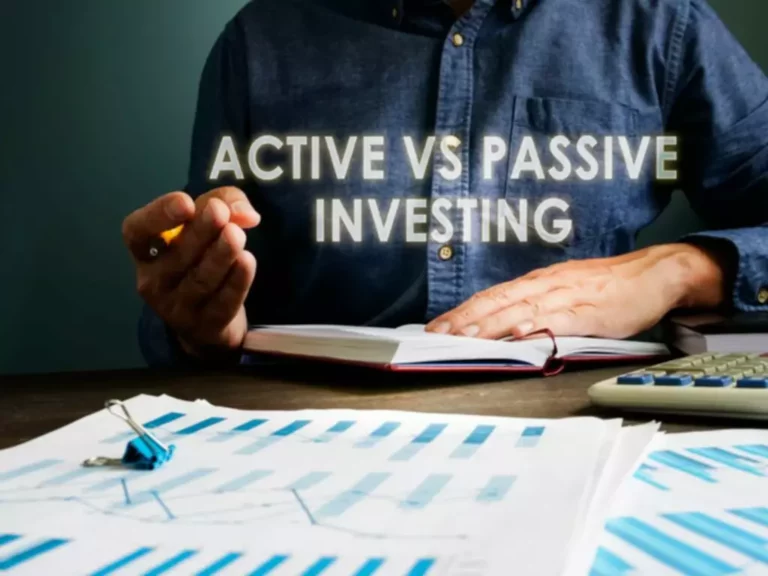With algo trading, you can run the algorithms based on past data to see if it would have worked in the past. This ability provides a huge advantage as it lets the user remove any flaws of a trading system before you run it live. Another point which emerged is that since the architecture now involves automated logic, 100 traders can now be replaced by a single automated trading system. So each of the logical units generates 1000 orders and 100 such units mean 100,000 orders every second.
Small Forex traders are the ones who benefit the most from these changes because they often lack the guidance to increase their profits and Big Data will allow them to copy what more experienced traders are doing. Paul Baker is the founder and chairman of International Economics Consulting Group. He is a consultant for various governments in developed and developing countries, an adviser on global corporate strategies to multinationals, and a Visiting Professor at the College of Europe. He is also a member of big data in trading the UK’s All Party Parliamentary Group on Trade and Investment, and a regular contributor to the UK Parliament’s Trade Select Committee, and UN panels and events regarding trade impact analysis. Financial institutions can utilize data analytics to improve predictive analytics models for identifying loan risks and projecting expected expenditures through insurance policies. Technology’s exponential expansion and growing data generation are profoundly changing how industries and individual enterprises operate.
It was found that traditional architecture could not scale up to the needs and demands of Automated trading with DMA. The latency between the origin of the event to the order generation went beyond the dimension of human control and entered the realms of milliseconds and microseconds. Order management also needs to be more robust and capable of handling many more orders per second. Since the time frame is minuscule compared to human reaction time, risk management also needs to handle orders in real-time and in a completely automated way. Application of computer and communication techniques has stimulated the rise of algorithm trading. Algorithm trading is the use of computer programs for entering trading orders, in which computer programs decide on almost every aspect of the order, including the timing, price, and quantity of the order etc.
The fundamental economic problem in a world bounded by finite resources is that of scarcity. Economics is derived from the Greek word “oikonomicus” meaning to manage household resources. At the global level, economies have increasingly specialised, and goods and services pass back and forth through borders multiple times before being finished. Structured data consists of information already managed by the organization in databases and spreadsheets; it is frequently numeric in nature. Unstructured data is information that is unorganized and does not fall into a predetermined model or format. It includes data gathered from social media sources, which help institutions gather information on customer needs.
The most important thing to remember is that “big data” doesn’t always mean “more data. A trader may be simultaneously using a Bloomberg terminal for price analysis, a broker’s terminal for placing trades, and a MATLAB program for trend analysis. Depending upon individual needs, the algorithmic trading software should have easy plug-n-play integration and available APIs across such commonly used trading tools.
Machine learning takes away the human element- eliminating emotional response to financial situations- and makes the decision solely based on the data and information without any bias or being influenced by external factors. Leveraging big data using machine learning techniques, the prospects of its future applications are insurmountable. Is making it possible to mitigate the critical risks human error represents in online trading. Financial analytics now integrates principles that influence political, social and commodity pricing trends. The application of machine learning in financial analytics is also making a huge impact on the practice of electronic financial trading. Through different machine learning technology, computer programs are taught to learn from past mistakes and apply logic using newer, updated information to make better trading decisions.

Many companies, such as Alphabet and Meta (formerly Facebook), use big data to generate ad revenue by placing targeted ads to users on social media and those surfing the web. Companies have been able to automate daily reporting, increase IT department productivity, and provide business users with easy access to and analysis of crucial information thanks to data integration methods. The impact it’s making is much more of a grandiose splash rather than a few ripples. This is primarily due to the fact the technology in the space is scaling to unprecedented levels at such a fast rate. The exponentially increasing complexity and generation of data are dynamically changing the way various industries are operating and it is especially changing the financial sector.
Restrictions around data transfer may consequently cause erroneous predictions, which goes against the concept of Big Data. Nearly every department in a company can utilize findings from data analysis, from human resources and technology to marketing and sales. The goal of big data is to increase the speed at which products get to market, to reduce the amount of time and resources required to gain market adoption, target audiences, and to ensure customers remain satisfied. The landscape of numerous businesses, particularly financial services, continues to be transformed by big data. After all, machine learning has advanced to the point where computers can now make decisions that are far superior to those made by humans.
The core component in algorithmic trading systems is to estimate risk reward ratio for a potential trade and then triggering buy or sell action. Market risk is estimated by the variation in the value of assets in portfolio by risk analysts. The calculations involved to estimate risk factor for a portfolio is about billions. Algorithmic trading uses computer programs to automate trading actions without much human intervention. Investment banks use algorithmic trading which houses a complex mechanism to derive business investment decisions from insightful data. Algorithmic trading involves in using complex mathematics to derive buy and sell orders for derivatives, equities, foreign exchange rates and commodities at a very high speed.

Both finance itself and trading require a lot of accurate data on display to make the best models based on real analysis. These decisions were based on the data they collected which has a lot of room for error. Nowadays, this entire process is calculated automatically by machines from start to finish. Because computers can go through the data and process it at a huge scale, much more accurate and up-to-date models and stock selections can be made.
Ant Group, also a member of the Alibaba Group, is another example of a company using big data analytics to facilitate MSME lending. The firm offers microloans to MSMEs using data from prior https://www.xcritical.in/ online transactions to evaluate potential borrowers. Ant Group relies on transactional history, such as bill-paying behaviour, rather than on collateral to make its lending decisions.
- Moreover, in the United Kingdom, Her Majesty’s Revenue and Customs (HMRC) initiated a project to collect accurate data and analyse commercial data flows in supply chains.
- Insurance firms, for example, can access data from social media, previous claims, criminal records, telephonic conversations, and other sources while processing a claim, in addition to the claim facts.
- Algorithmic trading involves in using complex mathematics to derive buy and sell orders for derivatives, equities, foreign exchange rates and commodities at a very high speed.
- One of Bloomberg’s key revenue earners is the Bloomberg Terminal, which is an integrated platform that streams together price data, financials, news, and trading data to more than 300,000 customers worldwide.
- Hence, these algorithms can be used in a plethora of applications like tracking social media activity, generation of stock data etc.
By 2009, high frequency trading firms were estimated to account for as much as 73% of US equity trading volume. You can look at publicly available securities data on companies of all sizes all over the world. This will help you identify undervalued investments by screening companies with a low return on equity and other important financial variables. This can be a major mistake, because markets for the securities are usually very efficient. This means that it is very difficult to find stocks or bonds in Fortune 500 companies that are undervalued. If you want to find winning securities to invest in, you are going to need to look for ones that don’t have as much attention.
They can then use this information to make decisions about when to buy, sell, or hold an asset. “Big data” algorithmic trading is the process of making trading strategies based on large sets of data. In “big data,” algorithms are used to look at market trends and make predictions about them.
